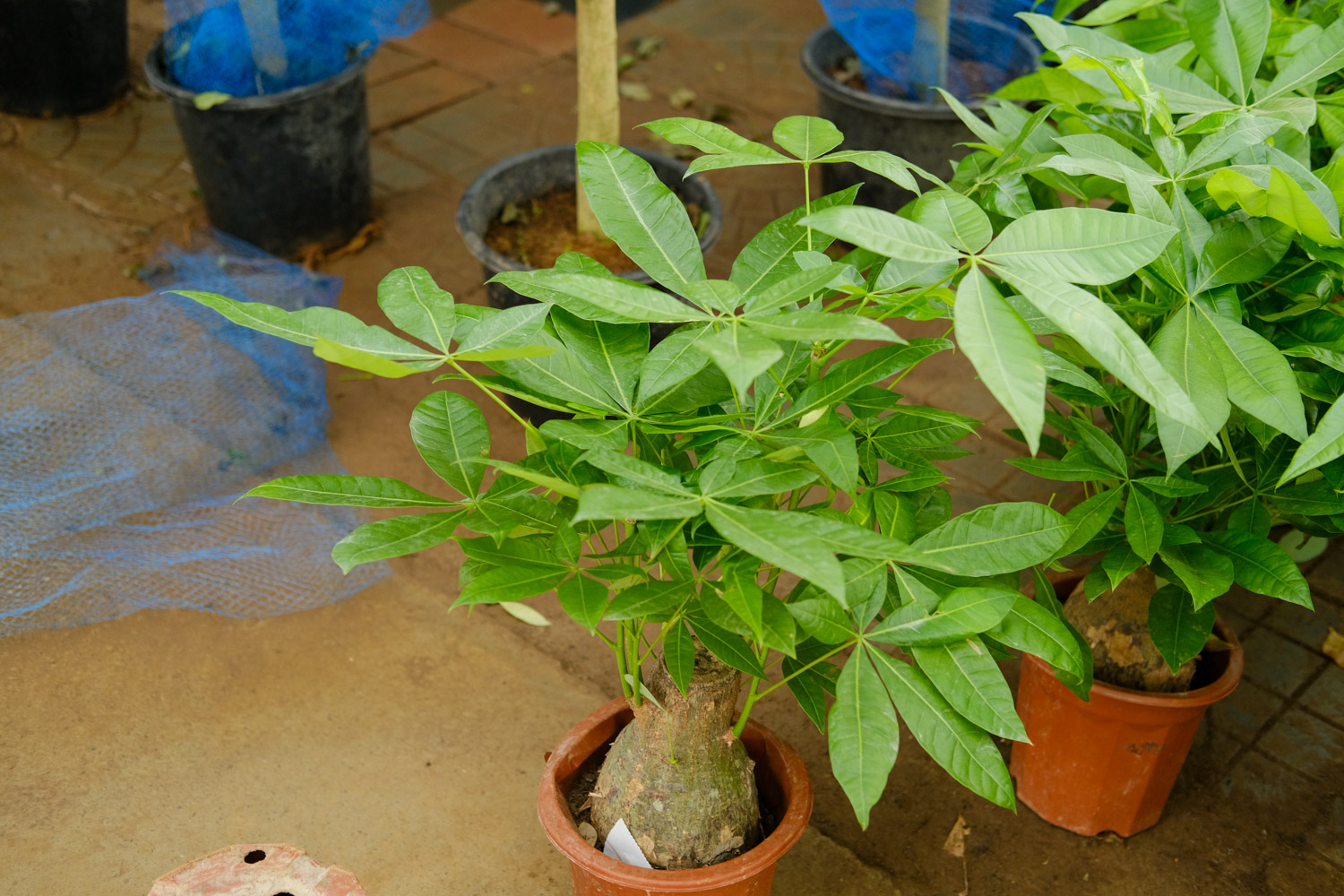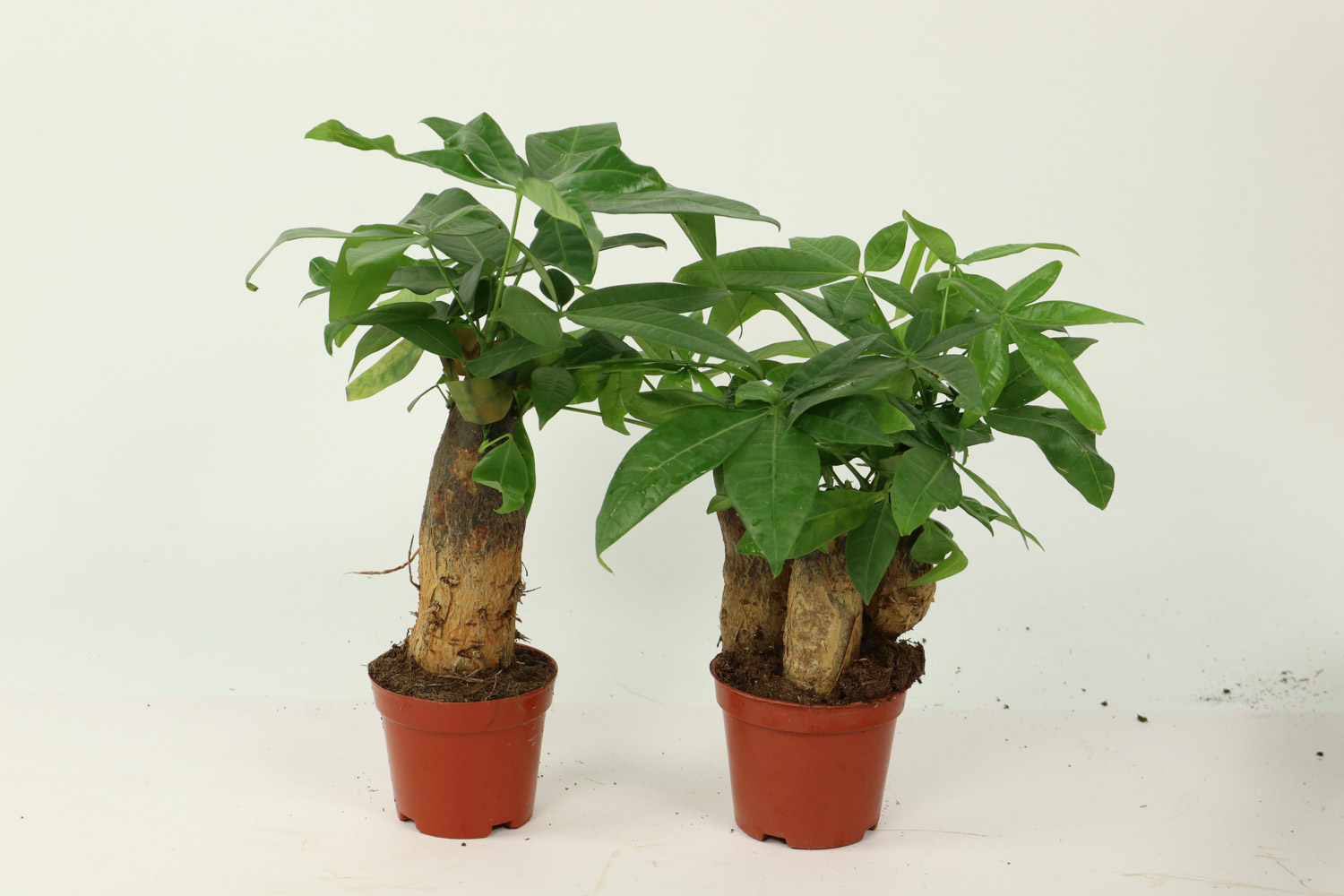1、 Morphological characteristics
1. Branches and leaves: the crown of fortune tree is very loose, and the leaflets have very short petioles, which are oblong to obovate oblong, with gradually sharp top and full edge. The middle rib of the plant leaves is very flat from the top, and the back is in an uplifted state. There are usually 16-20 pairs of lateral veins, the net veins in the middle are very fine, and the petiole is about 11-15cm long

2. Flower: the flower is solitary, with a 2cm long pedicel, very strong. Calyx cup-shaped, nearly leathery, with a diameter of about 1.3cm and a height of about 1.5cm. The petals are light yellow green, narrow lanceolate to linear, and the upper part is reversed. The style is crimson, the lower part of the filament is yellow, and it will turn red upward
3. Fruit: the capsule has a thick outer skin, glabrous, but the inner surface is densely covered with long wool, which is nearly pear shaped, and the diameter of the fruit is about 4-6cm. Dehiscence, there are multiple seeds in each chamber, and the seeds inside are irregular ladder shaped wedges with a length of 2-2.5cm

2、 Single shot or braid
Single pole fortune tree and braided fortune tree have their own advantages and disadvantages, which can be selected according to their own needs. The single pole is relatively easy to raise, and it is not difficult to control the tree shape. You can trim it according to your desired shape. But it looks very depressed, and the viewing value may be slightly lower. The crown of the braid will be larger and the shape is more beautiful. It looks like the plant is very strong. The disadvantage is that it is not easy to maintain, and if the maintenance is not good, the shape will be more ugly


 jackfruit
jackfruit snake plant
snake plant hibiscus
hibiscus hydrangea
hydrangea lavender
lavender Green roses climb al...
Green roses climb al... If you don't pay att...
If you don't pay att... Management of four g...
Management of four g...

































